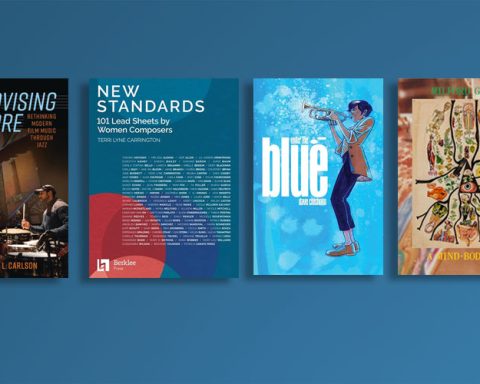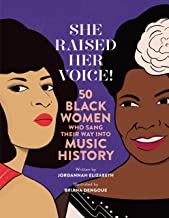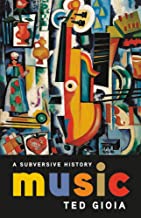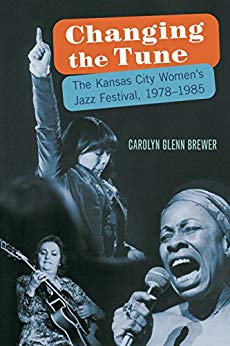 Harlem Jazz Adventures: A European Baron’s Memoir, 1934-1969, by Timme Rosenkranz, adapted and edited by Fradley Hamilton Garner
Harlem Jazz Adventures: A European Baron’s Memoir, 1934-1969, by Timme Rosenkranz, adapted and edited by Fradley Hamilton Garner
The Scarecrow Press, Inc., 2012, pp. 297, hardcover
“Great music needs deep listeners”
The above snippet quote from a chapter on Duke Ellington from Timme Rosenkrantz’s 35-year memoir Harlem Jazz Adventures is at the heart of this personal narrative. Rosenkrantz—who came from Danish-European royalty, but without much ka-ching in his pocket—was fascinated with American jazz. He came to America as a very young man specifically to travel to Harlem and immerse himself in America’s indigenous classical music. An occasional musician, he was much more a devotee, a friend, an occasional surrogate parental figure, a record producer, a record shop entrepreneur (for a year), a radio jazz DJ (also for a short time) and a jazz journalist. But most of all he was one of those people who appreciated jazz (as great music) so much that he became one of the genres “deep listeners.”
While there are numerous references to his own jazz-related professional activities (such as his many recordings of the great jazz artists of his day), personal proclivities (he more than enjoyed an alcoholic beverage or two—probably resulting in his bouts with ulcers and ultimate demise) and his 30+-year relationship with African-American club owner/singer/lyricist Inez Cavanaugh, the memoir is much more about the character of Harlem between 1934-1969 and the many characters, musical and otherwise, who lived, worked and died in this jazz mecca.
The list of who’s who in the jazz world of this time (and for all time, it seems) contains all the usual suspects, starting with the front cover a picture of Louis Armstrong posing for the camera while Rosenkrantz is speaking to him; Don Redman, John Hammond, Chick Webb, Benny Carter, Billie Holiday, Willie “The Lion” Smith, Art Tatum, Fats Waller, W.C. Handy, Eddie Condon, Erroll Garner, Bud Powell, Teddy Wilson, Benny Goodman, Gene Krupa, Coleman Hawkins, and, of course, Duke Ellington. This is just a short list of the jazz “A” listers Rosenkrantz describes with care and respect in every sentence.
And there’s a litany of lesser-known jazz artists who nonetheless are given loving and respective narrative space. Rosenkrantz lived among them, lived with them, ate and drank with them. And he loved them all.
The book is also about the characters you never hear about: the speakeasy owners and bouncers, the Runyonesque gangsters who “take care” of each other in inhospitable ways, the audience-minded, profit-driven publishers (sound familiar?), the cheap taking-advantage-of-musicians-at every-turn club owners (sound familiar?), the hangers-on, the shop owners, even the landlords. By the end of Rosenkrantz’s diary-like narrative–in bite-sized edible chapters–you come away not only with a strong sense of the jazz musicians of the era in that place, you also come away with a strong sense of the character of Harlem at this time.
The cumulative vision Timme draws you into is the strong feeling of community, in the buildings, in the clubs, and on the street. It is a large, extended family where most of the occupants care for one another, look out for one another, and help one another when needed. Timme’s descriptions (respectfully fashioned with endnotes by editor Fradley Hamilton Garner) almost make you want to be back in that time, in that place, in Timme’s shoes, and mostly in his head listening to the great music produced by the many jazz musicians he encounters and befriends.
You feel a nostalgic tug at the heart when he returns to Harlem in the 1960s with Doug Dobell, “the charming friend who heads London’s oasis of jazz, his Charing Cross Jazz Record Shop,” to show him all the old haunts only to find that most of them are gone–replaced not only with other buildings (in one instance a church) but also with a contemporary musical culture: rock ‘n roll. By the end of the memoir in this very short chapter (“A Last Record Session and a Tour of Haunts”) you sense the passing of a great era in the evolution of jazz fostered in Harlem.
You also yearn for more by the final chapter written by his Danish niece Bente (Topsy) Rosenkrantz Arendrup. It comes as a surprise to hear another voice at the end of the memoir until you realize that Timme Rosenkrantz has passed (in August 1969). It’s a very moving chapter. The cumulative feeling for Timme is summed up well in a note written by Duke Ellington: “We are thankful to Timme Rosenkrantz, and may God bless him and minimize the grief of his relatives, who may be assured of the great love felt for him by all his friends.”
Rosenkrantz had made many, many friends in the jazz community, not just in Harlem, but New York City and Europe. The phrase “great love” was no exaggeration. He loved great music—in his case, jazz. He had deep ears and a deep heart for everyone connected with it. At the end, all that he had given to his jazz friends was reciprocated in a deep sense of loss. Harlem Jazz Adventures: A European Baron’s Memoir, 1934-1969 is not just a personal re-telling of Rosenkrantz’s deeply felt and varied experiences, it is also a reflection of the deep character of the man himself.





